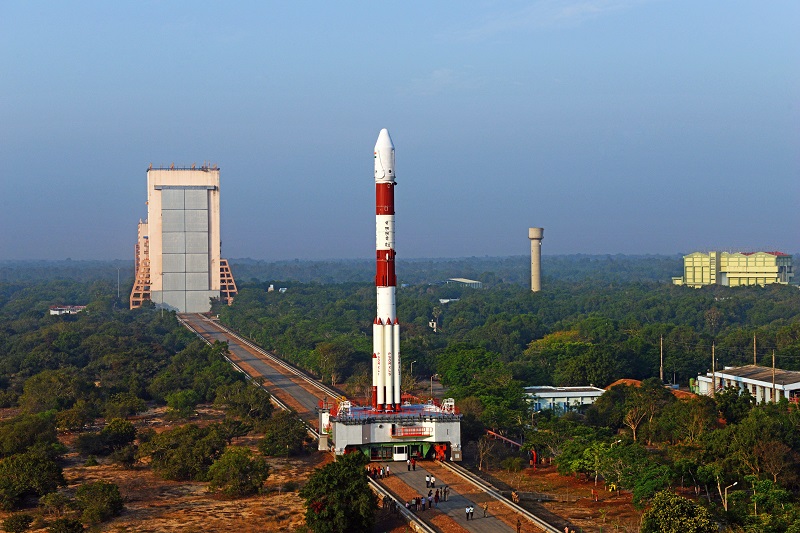
ISRO sets the stage for advanced NavIC services with the launch of the NVS-01 satellite
Tirupati, Andhra Pradesh – In a remarkable achievement, the Indian Space Research Organisation (ISRO) successfully deployed the NVS-01, the first satellite of its second-generation navigation series, using the reliable GSLV rocket. The launch took place at the Satish Dhawan Space Centre in Sriharikota, marking the GSLV’s 15th flight. Weighing an impressive 2,232 kilograms, the NVS-01 is expected to revolutionize the NavIC (Navigation with Indian Constellation) services.
The satellite was flawlessly inserted into the geosynchronous transfer orbit, and subsequent orbit-raising manoeuvres are scheduled to position the NVS-01 in its intended geosynchronous orbit. This significant development paves the way for expanded features and continued reliability of the NavIC, which offers crucial position, navigation, and timing services for civilian users.
The NVS series of satellites, a vital part of ISRO’s future plans, will augment the existing NavIC system with advanced capabilities. Incorporating L1 band signals, these satellites will enhance the service coverage and interoperability with other Global Navigation Satellite Systems (GNSS).
Speaking at a post-launch press conference, Chairman S. Somanath shared the excitement at ISRO and highlighted the organization’s busy schedule in the months to come. He revealed that the spaceport in Sriharikota is abuzz with activity, as multiple missions are in the pipeline, including the highly anticipated Chandrayaan-III mission.
“The upcoming year holds a series of missions for ISRO, encompassing PSLV, GSLV, the formidable LVM rocket, and the SSLV. Among them, we have the third lunar mission, Chandrayaan, scheduled for launch in July, the INSAT-3DS satellite mission, and the ISRO-NASA Nisar satellite mission,” Chairman Somanath announced.
In terms of future endeavors, officials revealed that the INSAT-3DS satellite will be launched using the GSLV rocket. Additionally, ISRO is actively preparing for the crew vehicle test mission, a significant step towards the ambitious Gaganyaan mission, India’s first human spaceflight program. Dr. Somanath explained, “We are making steady progress on the crew module and the crew escape system. By July, we aim to integrate these systems with the rocket.”
As part of the crew vehicle test mission, the safety systems and the crew escape system will undergo rigorous testing at an altitude of approximately 14 kilometers, ensuring the utmost safety for future astronauts. This milestone test will pave the way for subsequent unmanned missions and eventually the historic Gaganyaan mission.
ISRO’s relentless pursuit of excellence and its unwavering commitment to advancing space technology position India as a frontrunner in the global space race. The successful deployment of the NVS-01 satellite opens up new horizons for NavIC services and sets the stage for future space exploration endeavors.